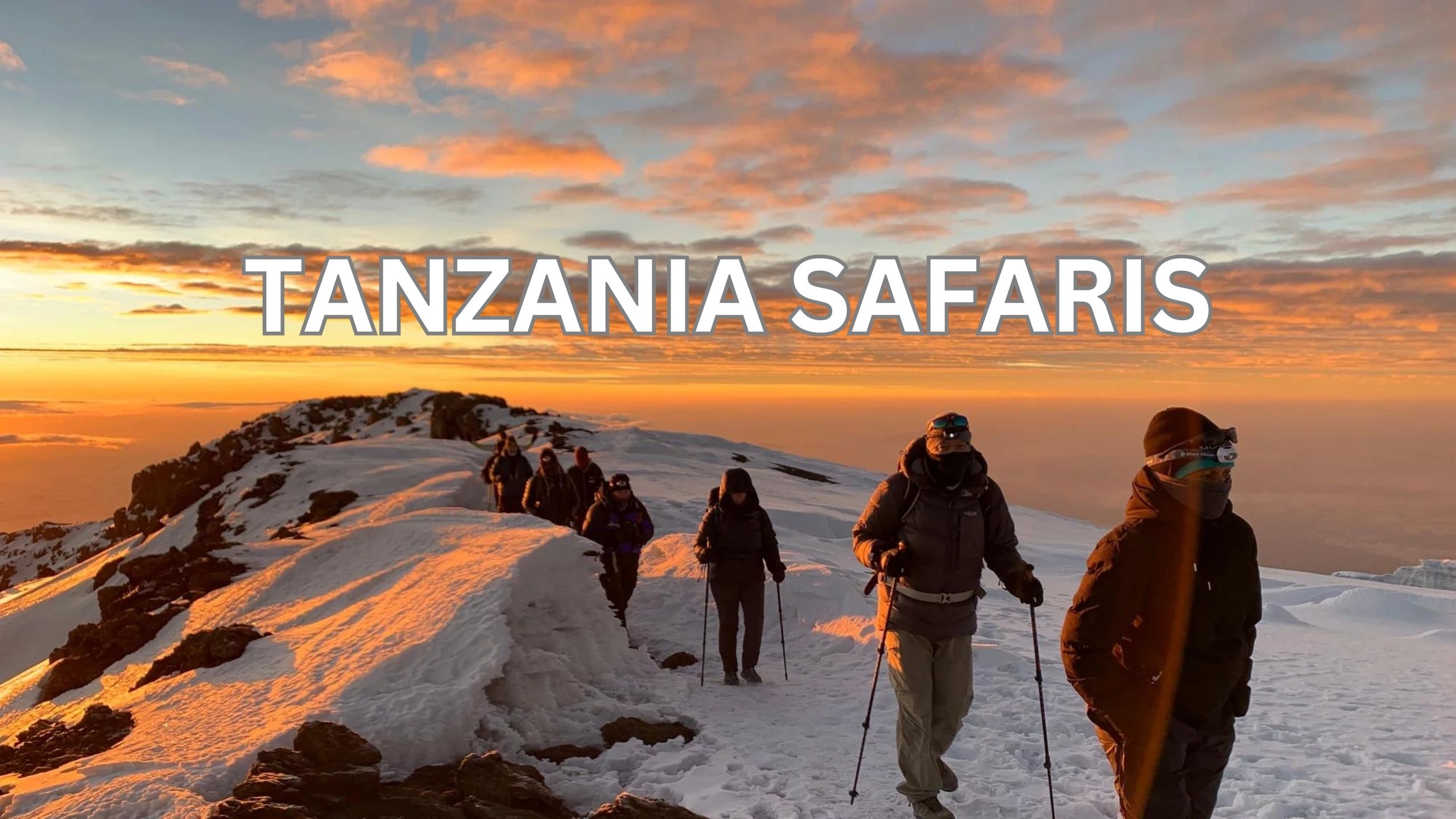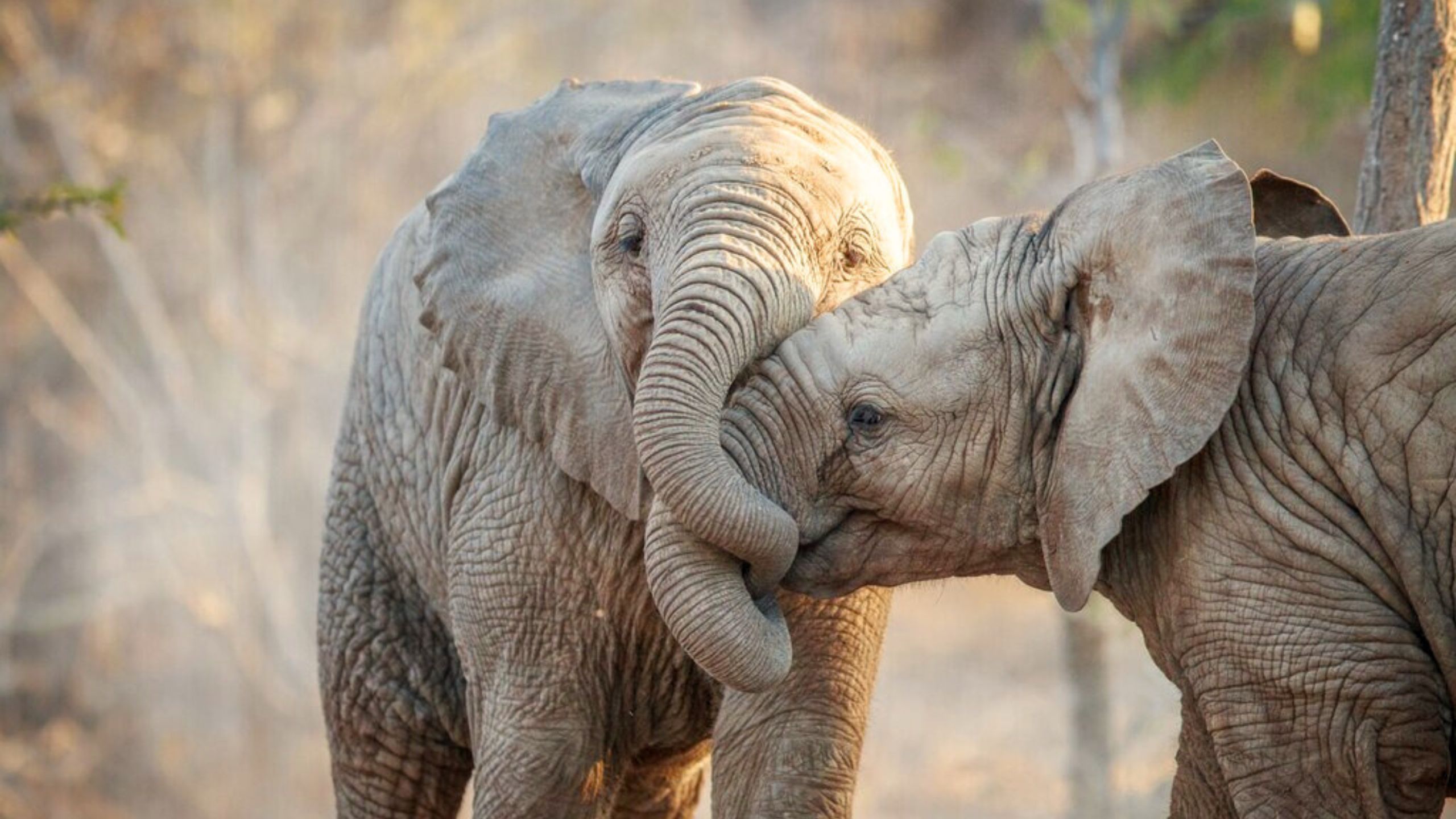Tanzania Safari Rooftop of Africa, often referred to as the “Rooftop of Africa,” is a captivating East African country that boasts a diverse landscape, rich wildlife, and a vibrant cultural heritage. Situated on the eastern coast of the continent, Tanzania is renowned for its breathtaking natural beauty, including the iconic Mount Kilimanjaro, which stands tall as Africa’s highest peak.
In this comprehensive guide, we will delve into the wonders of Tanzania, exploring its history, geography, wildlife, culture, and much more. From the sprawling Serengeti plains to the crystal-clear waters of Zanzibar, Tanzania offers an unforgettable experience for travelers seeking adventure, wildlife encounters, and cultural immersion.
Geography and Climate:
Tanzania is located in East Africa and bordered by eight countries, including Kenya, Uganda, Rwanda, Burundi, the Democratic Republic of Congo, Zambia, Malawi, and Mozambique. The country spans approximately 945,087 square kilometers (364,900 square miles) and encompasses a varied topography, ranging from the vast grasslands of the Serengeti to the stunning beaches along its coastline.
Tanzania is also home to several prominent geographical features, such as Mount Kilimanjaro, the Great Rift Valley, Lake Victoria, and the Ngorongoro Crater. The climate in Tanzania is generally tropical, with coastal areas experiencing high humidity and temperatures, while the inland regions have a more temperate climate.

History and Culture:
Tanzania has a rich and diverse history, shaped by numerous influences over the centuries. The area that is now Tanzania was inhabited by various indigenous tribes, including the Maasai, Chagga, and Sukuma, who developed distinct cultural traditions.
Arab traders established commercial networks along the Swahili Coast, leading to the rise of prosperous trading cities such as Kilwa and Zanzibar. In the late 19th century, Tanzania came under German colonial rule and later became a British mandate after World War I. Tanzania gained independence in 1961, merging with Zanzibar in 1964 to form the United Republic of Tanzania.
The culture of Tanzania is a vibrant blend of indigenous traditions, Arab influences from the Swahili Coast, and Western influences. Swahili is the national language, and various local languages are spoken across the country.

Tanzanian music, dance, and art reflect the diverse ethnic groups, with traditional performances such as ngoma (drumming) and mdundiko (folk dance) being popular forms of expression. The country is also renowned for its intricate woodcarvings, colorful fabrics, and exquisite jewelry.
Wildlife and Conservation:
Tanzania is a paradise for wildlife enthusiasts, offering unparalleled opportunities to observe some of Africa’s most iconic animals in their natural habitats. The country is home to an incredible array of wildlife, including elephants, lions, leopards, buffalos, rhinos, giraffes, zebras, wildebeests, and numerous species of antelopes.
The vast Serengeti National Park, which stretches across northern Tanzania and extends into Kenya, is famous for its annual wildebeest migration, considered one of the most spectacular wildlife events on the planet.
Other renowned national parks in Tanzania include the Ngorongoro Conservation Area, Tarangire National Park, Lake Manyara National Park, and the Selous Game Reserve. These protected areas not only offer extraordinary wildlife encounters but also play a crucial role in conservation efforts, safeguarding the country’s diverse ecosystems and endangered species.

1. Mount Kilimanjaro:
No visit to Tanzania would be complete without exploring Mount Kilimanjaro, the country’s most famous landmark. Towering at 5,895 meters (19,341 feet), Kilimanjaro is the highest freestanding mountain in the world and a sought-after destination for adventurous trekkers.
The mountain offers several routes to the summit, including the popular Marangu, Machame, and Lemosho routes, each with its unique features and varying levels of difficulty. Scaling Kilimanjaro provides a once-in-a-lifetime experience, offering breathtaking views and a sense of achievement upon reaching the Uhuru Peak.

2. Zanzibar and the Spice Islands:
Situated off the coast of mainland Tanzania, Zanzibar is a tropical archipelago renowned for its pristine beaches, azure waters, and vibrant culture. The main island, Unguja, is often referred to as Zanzibar and is the historic center of the archipelago.
Stone Town, a UNESCO World Heritage Site, is the capital and a captivating maze of narrow streets, ancient buildings, bustling markets, and rich history. Zanzibar is also known as the “Spice Islands” due to its history of spice cultivation, and visitors can explore aromatic spice plantations to learn about the island’s role in the spice trade.

3. Cultural Tourism:
Tanzania’s cultural diversity provides ample opportunities for cultural tourism, allowing visitors to immerse themselves in the traditions and daily lives of various ethnic groups. The Maasai, known for their distinctive red attire and nomadic lifestyle, offer cultural experiences that include visiting traditional villages, learning about their customs, and witnessing traditional dances.
The Chagga people, residing at the foothills of Mount Kilimanjaro, provide insights into their agricultural practices and unique underground house structures. Cultural tourism initiatives in Tanzania aim to promote sustainable tourism while preserving local heritage and empowering communities.

4. Adventure and Outdoor Activities:
Tanzania’s diverse landscape and natural wonders offer an abundance of adventure and outdoor activities. From wildlife safaris to hot air balloon rides over the Serengeti, visitors can tailor their experiences to suit their interests and adrenaline levels.
Other popular activities include hiking in the Usambara Mountains, exploring the lush landscapes of the Mahale Mountains, diving or snorkeling in the turquoise waters of the Indian Ocean, and exploring the underwater world of the Mafia Island Marine Park. For those seeking an off-the-beaten-path experience, Tanzania provides opportunities for off-road safaris, mountain biking, and exploring remote regions.

Tanzania, the “Rooftop of Africa,” captivates travelers with its extraordinary natural beauty, diverse wildlife, and rich cultural heritage. From the towering heights of Mount Kilimanjaro to the pristine beaches of Zanzibar, Tanzania offers a wide range of experiences that cater to every type of traveler.
Whether you seek a thrilling wildlife safari, a cultural immersion with indigenous tribes, or an adventurous trek up Africa’s highest peak, Tanzania promises an unforgettable journey filled with breathtaking landscapes, vibrant traditions, and warm hospitality.
Explore Tanzania, and discover why it truly deserves its title as the “Rooftop of Africa“.
🌍 Unleash Your Adventurous Spirit on an African Safari! 🐘🦁
Ready for a thrilling escape? Dive into the mesmerizing world of African safaris and discover untamed landscapes teeming with exotic wildlife. Click here : Go2AfricaRoofTop to embark on an unforgettable journey where lions roar and elephants trumpet, where giraffes gracefully roam and cheetahs sprint across the golden plains. 📸🌿
Experience heart-pounding moments as you witness predators on the prowl and marvel at the grace of herbivores in their natural habitat. Immerse yourself in the rich tapestry of sights and sounds, from golden sunsets casting a warm glow to the symphony of wildlife echoing through the savannah. 🌅🦒
This is your chance to capture captivating photographs and create memories that will last a lifetime. Don’t miss out on the adventure of a lifetime. Click here : Go2AfricaRoofTop to start planning your African safari today! 🗺️✈️🦁












